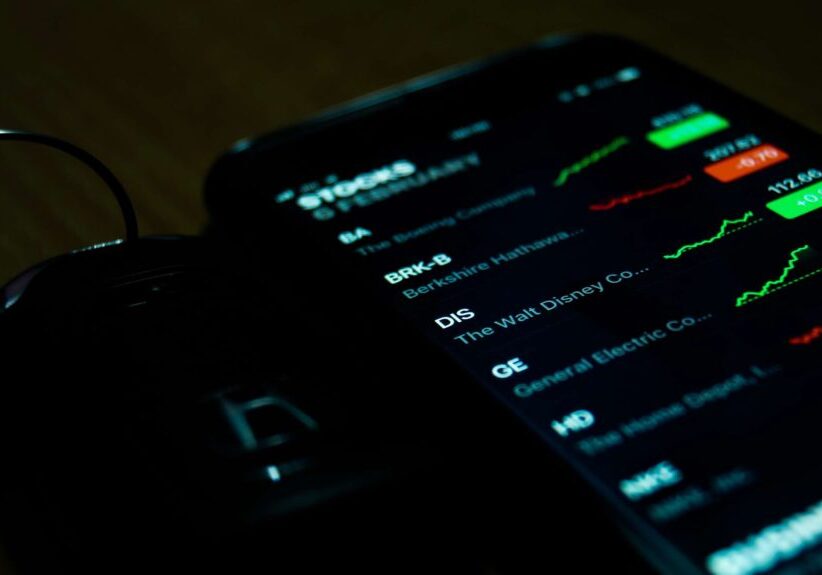What is it that motivates you to work so hard? Do you slave away just to pay the bills, do some fun things, put a bit aside for the future, and call it a day? Most of us just want to have “enough.” Enough to do what we want, live where we want, and work only as much as we want to. But what is your “enough”? What does financial freedom look like for you?
What Is Financial Freedom?
The term “financial freedom” has such a nice ring to it. It evokes images of security, independence, leisure, and opportunity. Financial freedom is defined as having sufficient personal resources to live without needing to work to cover the basics. It means you have the time and resources to pursue fulfillment in your life. If you have financial freedom, you can focus on living your life rather than making a living.
In a recent Retirement Confidence Survey, the findings state that only 21 percent of workers are very confident about having enough money for a comfortable retirement. Globally, HSBC reports that retirement is not the primary savings priority for 85% of working-age people and that 29% of retirees who did not prepare adequately for a comfortable retirement were not aware of how much they needed to save.
Why have so few of us taken the time to calculate our financial freedom number? Are we just unaware of the consequences? Are we too busy with our daily responsibilities? Or do we fear that our number will be out of our reach and want to avoid the discouragement that reality may bring?
The exciting news is that your financial freedom may be closer than you think! But without working to define your personal freedom number, it’s impossible to make progress towards it. We encourage you to take a few minutes today to calculate your financial freedom number.
What Is Your Financial Freedom Number?
When you’re initially discovering your financial freedom number, there’s no need to overcomplicate the calculation or do extensive scenario planning. There’s no set rule, but it’s generally accepted that you will require about 20 times your current salary, assuming a 5% rate of return, to maintain your current lifestyle.
First, you need to have a realistic perspective of how much money you require to keep living the way you currently are. Your lifestyle expenses include everything you incur monthly, so
let’s say, after adding up the costs of housing, basic living expenses, education, taxes, etc., you come to the sum of $6,000. Multiply that number by 12 and your annual cost of living is $72,000. Twenty times that amount is $1,440,000. That is a rough estimate of your financial freedom number. Don’t let that figure scare you. You can get there with some strategic planning.
Keep in mind that this is a number and nothing more. There are plenty of variables at play, including how you invest and in what funds, your lifestyle needs, and any unexpected emergencies. There’s also no guarantee you’ll gain a 5% return rate. However, there are ways to reduce the volatility of your returns and increase your confidence in meeting your goals.
For example, you might have a very high income but only require a very modest lifestyle, so you would not need as much to be able to claim financial freedom. Or, you may fall ill and suddenly require significantly more money for housing or medical care. Determining your financial freedom number simply serves as a target so you know where to aim.
What number did you come up with? Is it more or less than you expected?
Now What?
Once we’ve calculated your financial freedom number, we’ll need to create a game plan to obtain it. Through our process, we work together with our clients to identify their numbers and create a plan for how to reach that number. Often, our clients are thrilled when they realize there are options available to achieve financial freedom in less time than they expected.
Once we find your number, we keep it at the forefront of your mind and come up with different strategies to get there. If the goal of your life’s work is to reach complete financial freedom, this process will help you identify the shortest path between where you are now and where you want to go. Finding balance in your life may be closer than you ever thought possible.



